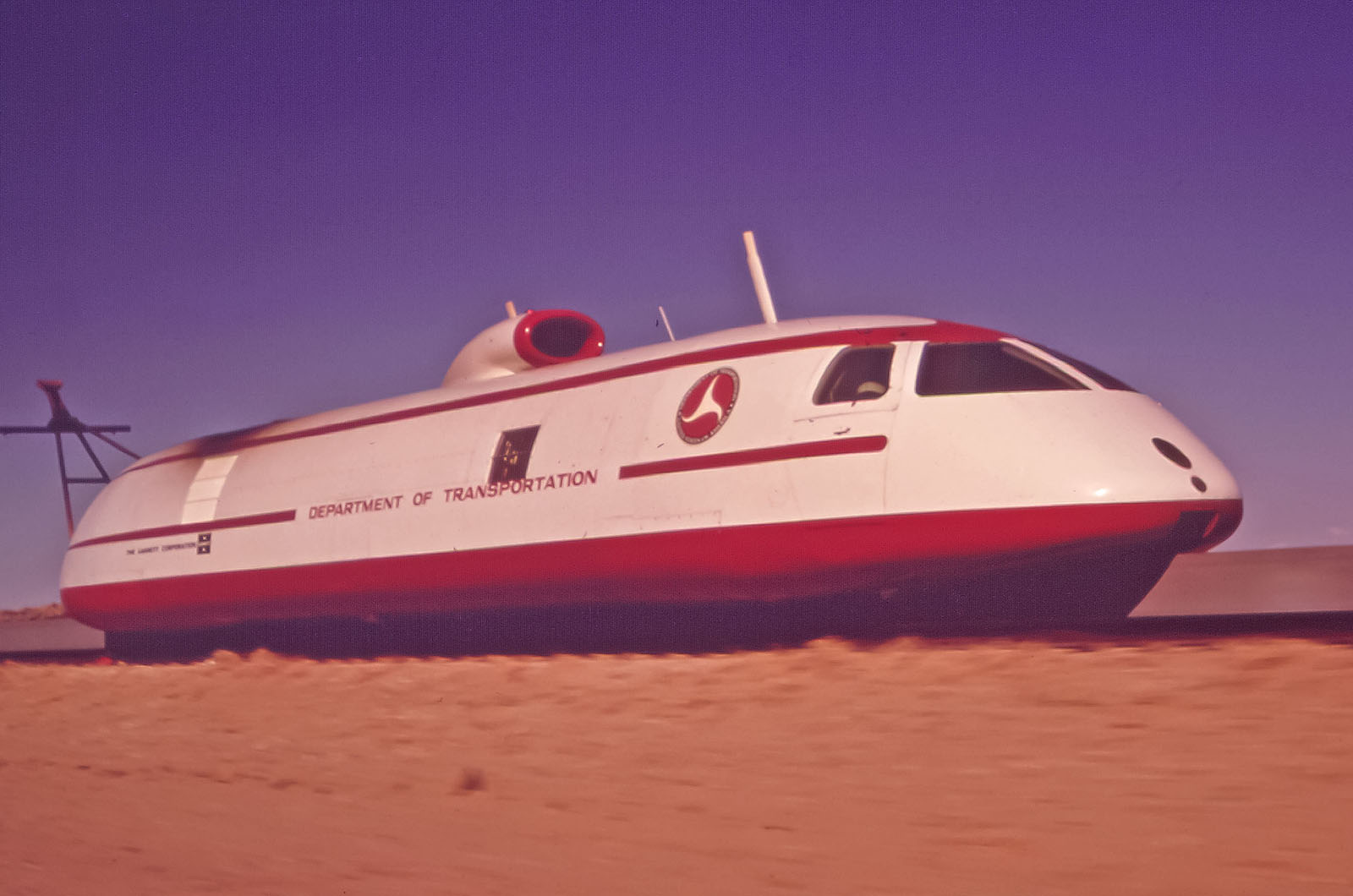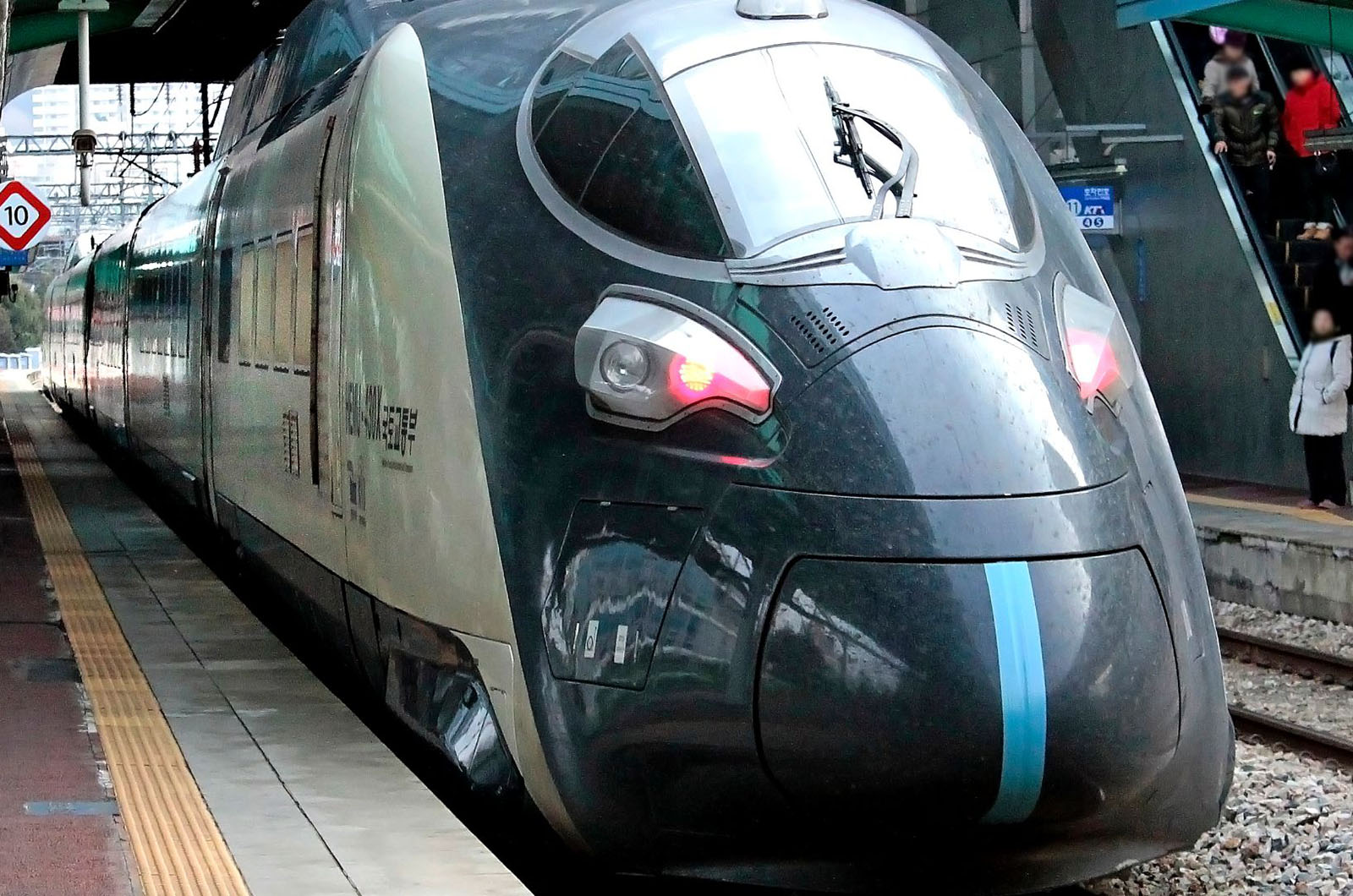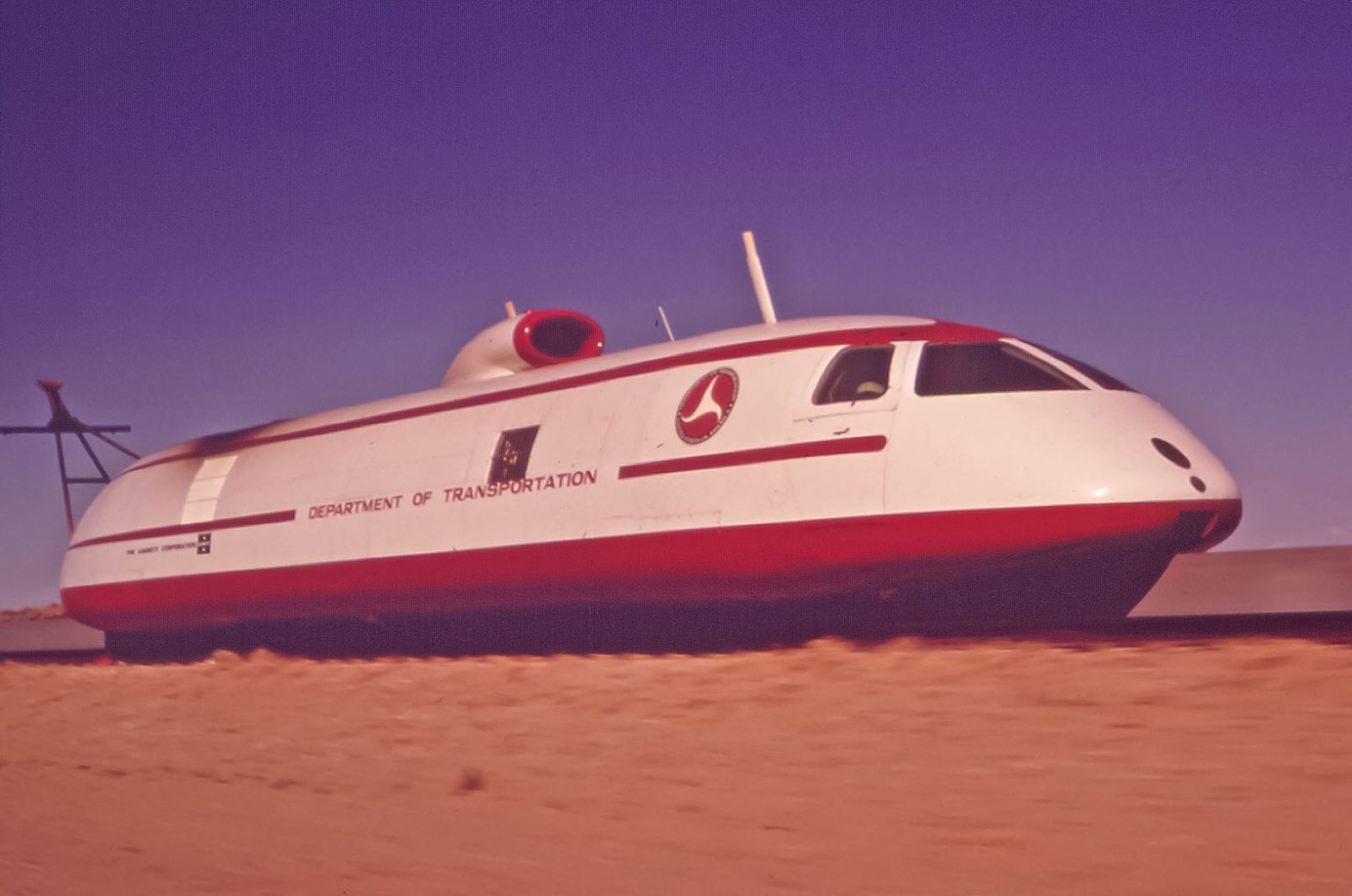Following low-speed testing, it was transferred to the High-Speed Ground Test Center, which was designed by the Department of Transport to test hovertrain concepts.
9. LIMRV – 256mph

Calculations showed the LIMRV needed just over 10 miles of track to hit its maximum speed, however, the DoT could only afford to fund a 6.2-mile section of track. In order to get around this problem, two Pratt & Whitney J52-P3 jet engines that were surplus to requirements by the Air Force were added to the vehicle in order to increase the vehicle’s acceleration.
On August 14, 1974, the LIMRV prototype set the world speed record for air-powered wheel-on-rail vehicles at 255 mph, a record that still stands today. The LIMRV survives to this day and is housed at the Pueblo Aircraft Museum.
8. Hyundai HEMU-430X – 262mph

Hyundai may be a very large car maker, but the South Korean giant also makes trains and is responsible for the country being the fourth – after China, Japan and France – to develop trains that can operate above 260mph.
Standing for High-Speed Electric Multiple Unit 430 km/h eXperimental, the train was specifically designed to hit that target and its development has spawned commercial variants. On 28 March 2013, the train hit a maximum speed of 262mph, far quicker than the previous national record of 186mph, with this run occurring after 138 similar runs that were conducted over a 10-month period.
8. Hyundai HEMU-430X – 262mph

As mentioned in the previous slide, this train is a one-off prototype, however, its development has spawned a passenger-carrying variant, the KTX-Cheongryong, which entered service on 1 May 2024 on the Gyeongbu high-speed railway, between Seoul and Bussan.
Performance statistics for trains – beyond top speeds and journey times – are often hard to come by, but Hyundai said the KTX-Cheongryong can accelerate from 0-186mph in 230 seconds. Originally, the trains were planned to operate along the lines in at up to 217mph, however, this was later revised to 230mph.
